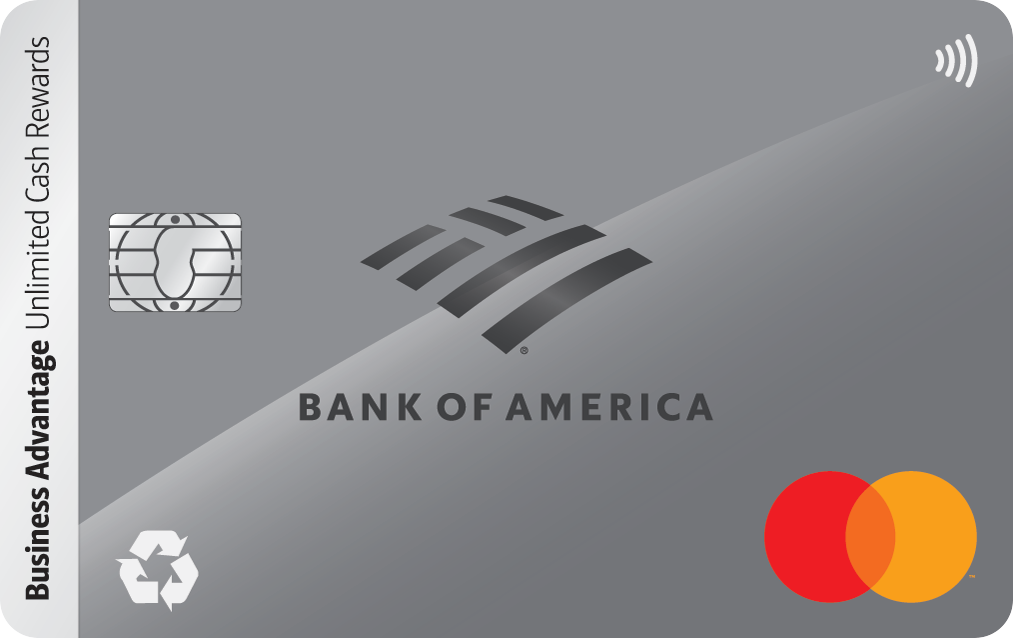Social Security Won't Cover Enough. Here's What to Do Before You Retire

Image source: Getty Images
I've talked to enough retirees to know that Social Security is helpful, but it's not enough on its own. The average monthly check is a fraction of what most people actually spend in retirement. Housing, groceries, healthcare, travel, family help all add up fast.
The good news is you can close the gap long before you file. Here are the moves that matter most.
Estimate your retirement income gap
Start with a simple question: How much will you spend each month once you stop working?
Most people underestimate this. A realistic budget helps you see how far your Social Security check will go and how much additional income you'll need. From there, you can map out the savings and investment targets that close the gap.
If you need help calculating this, a short questionnaire from our partner, SmartAsset, helps match you with up to three fiduciary financial advisors, each legally bound to work in your best interest.
Increase contributions to your 401(k), IRA, or HSA
Social Security makes up a baseline. Your retirement accounts fill in the rest.
If you're still working, boosting contributions even a little can have a big impact. Many people also forget about HSAs. They offer tax advantages and can be used for qualified healthcare expenses later in life, when costs usually rise.
Even if you can't max out these accounts, increasing your contributions by 1% to 2% can help build a more comfortable cushion.
Build predictable income streams
Volatile investments aren't always ideal when you're close to retiring. That's where guaranteed or stable income sources can help.
You can build a CD ladder that matures over time. Distribute your cash over a variety of CDs all maturing at separate intervals. Having a CD that matures every six months give you stable, predictable cash flow year after year. Just decide if you need some of the cash and reinvest all or what's remaining.
Looking for ideas? Compare the best CD rates available today.
Reduce debt and trim fixed expenses
Lowering your fixed costs is one of the most powerful moves you can make.
Paying off high-interest debt, refinancing lingering loans, or downsizing certain bills gives you more room in your retirement budget. Even small cuts add up when you're living on a fixed income.
Think of every expense you remove as income you no longer need to generate. And if you're dealing with some high-interest credit card debt, the right balance transfer card can give you almost two years to help pay it off interest-free. Check out our list of the top balance transfer credit cards available now.
Plan for healthcare costs and Medicare timelines
Healthcare is one of the biggest retirement wild cards. Medicare helps, but it doesn't cover everything. You'll want to understand how Parts A, B, D, and supplemental plans work, plus the penalties for missing enrollment windows.
Planning ahead helps you avoid surprise bills and makes it easier to budget for long-term care needs.
Social Security is the floor
Social Security was never designed to cover a full retirement. It's the floor, not the entire plan. Your savings, investments, and lifestyle choices fill in the rest.
The earlier you map out your gap, the easier it is to build a retirement that feels stable, predictable, and stress-free. If you're getting close to that stage, now's the time to start shaping the income you'll rely on later.
Our Research Expert



